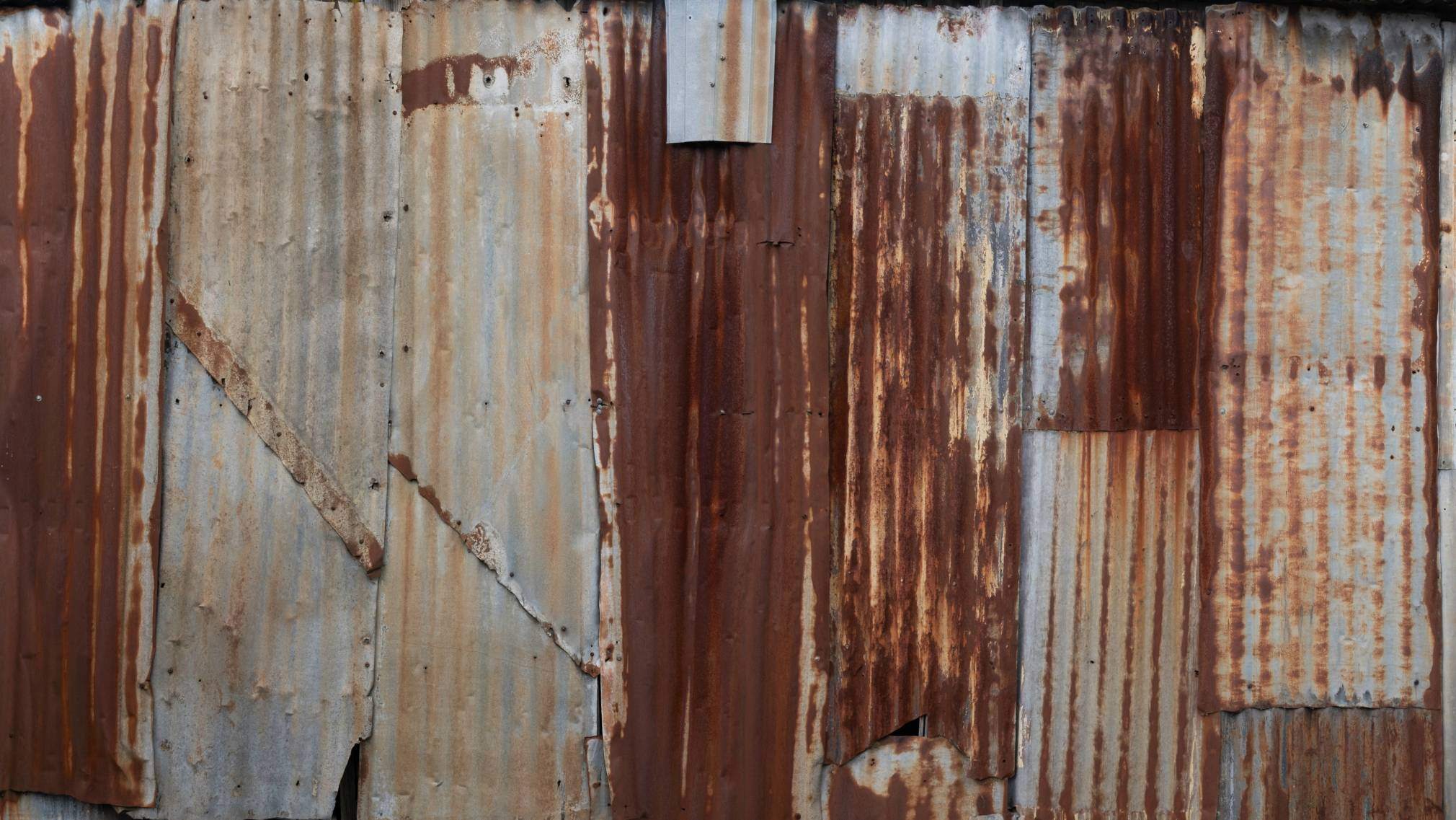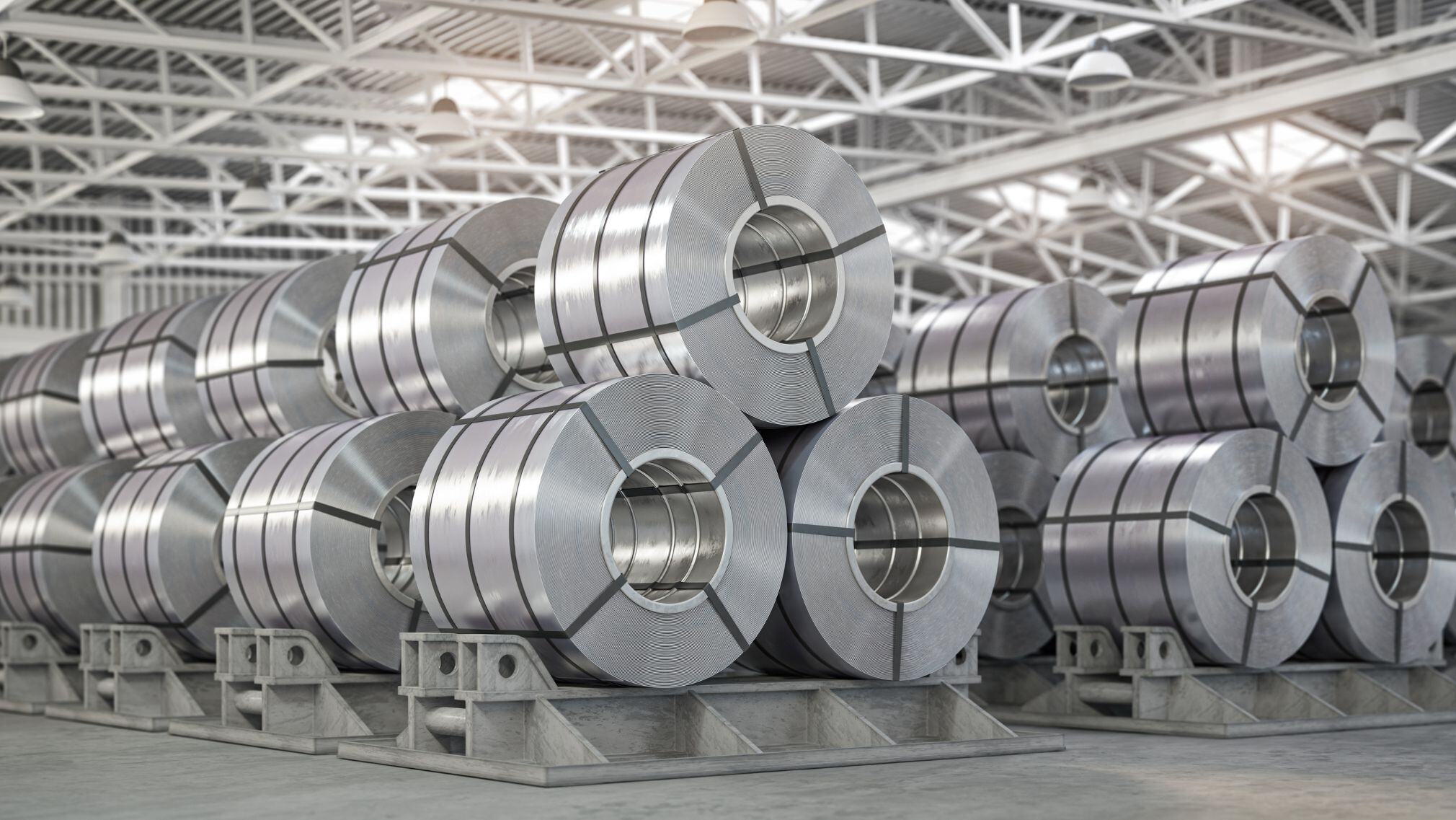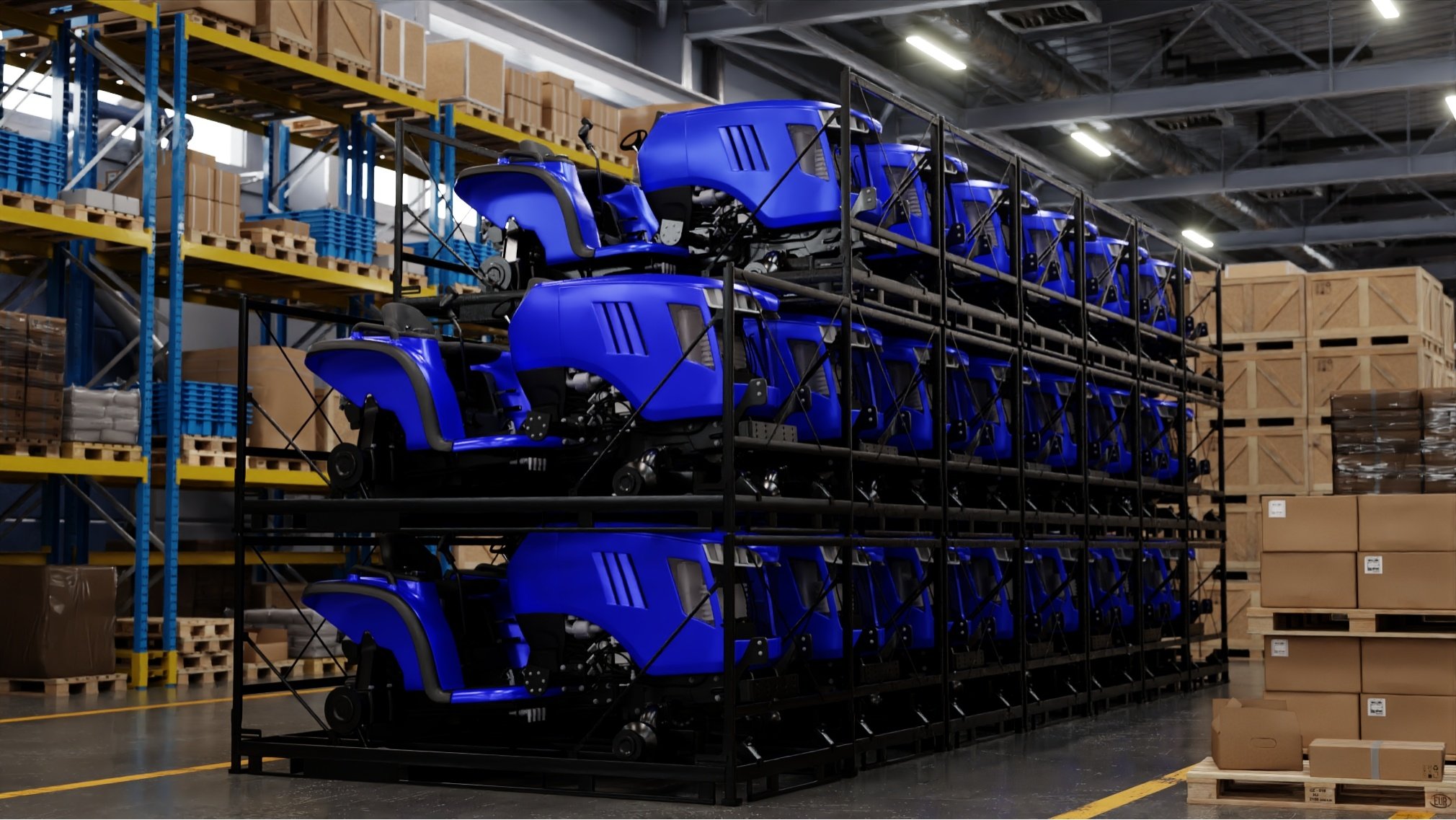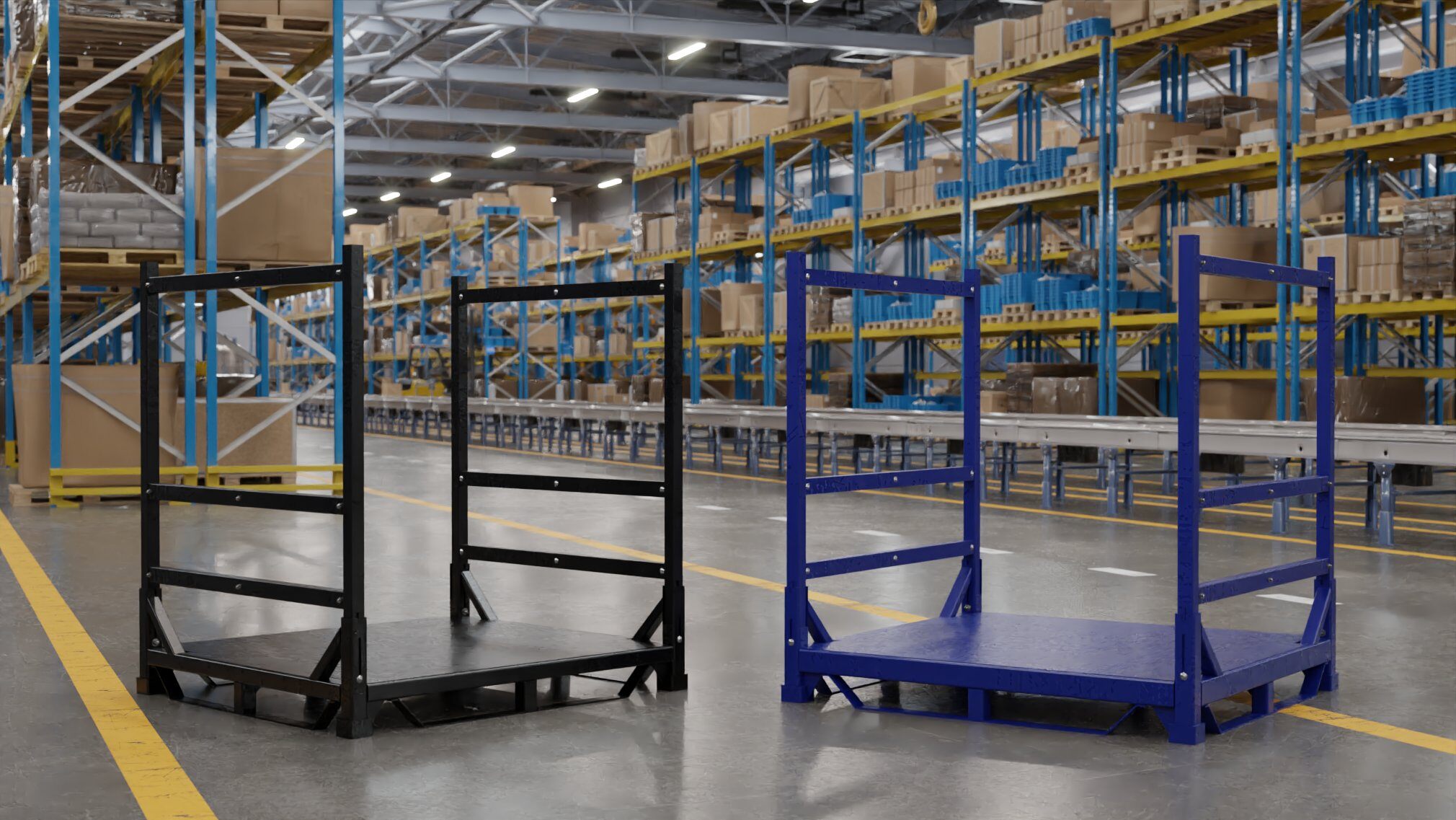5 Guidelines for Handling Sheet Metals Safely
For companies that manufacture, transport, or handle sheet metal, securing the safety and well-being of warehouse employees is essential. The hazards...
3 min read
UFP Packaging Updated on October 28, 2025

Storing steel and metal involves implementing various protective measures to prevent rust formation. These measures include thorough cleaning, proper storage practices, ensuring adequate ventilation, applying protective coatings, and conducting regular inspections to safeguard the products from corrosion.
This guide will discuss how to prevent rust from forming on steel and metal products.
Rust forms when metals like steel and iron experience a chemical reaction with oxygen and moisture. This process of corrosion is called oxidation. When rust develops, it will diminish the look and structural integrity of the material. As the reddish-brown flakes peel away, the underlying metal becomes increasingly defenseless. Agents like salt only accelerate this process. Ultimately, the metal is considered unusable, costing your company money in product loss. One of the most common places that rust can form on steel and metal is in storage, where it may not be protected correctly.

Taking initial steps to remove any moisture, dirt, or grease from your steel surfaces helps prevent corrosion from starting. Use a mild detergent to scrub away any debris and dry thoroughly with a lint-free cloth. You can also use compressed air to clean the surface. Ensuring the absence of moisture is vital for preventing rust formation. Initial cleaning eliminates contaminants and provides a pristine foundation for rust prevention during storage. Keep your steel clean by elevating it off the ground to avoid contact with moisture or standing water. Pallets or shelves are effective ways to elevate metal products.
Now that our steel is in pristine condition, we want to keep it that way by controlling the storage environment and how it is stored. Let's look at the environment first.
Ensure your warehouse is well-ventilated. Adequate airflow in the building keeps humidity levels low. Avoiding extreme fluctuations in temperature and humidity can effectively prevent the formation of rust. If you have issues with your warehouse and moisture levels, look into ventilation systems to circulate air. To learn more about the considerations for ventilation systems, check out SDC Executive’s article 8 Considerations in Warehouse Ventilation Design.
Additionally, proper ventilation between each metal sheet and coil is imperative to preventing corrosion and rust. By placing corrosion-resistant wood dunnage between each sheet, you are allowing for airflow to keep things dry. The spacing between metal sheets and coils prevents friction that can cause corrosion, weakening the outside layers of the material. By keeping these metal products spaced out, you are also improving forklift handling and enhanced material mobility.
However, any regular dunnage or wooden pallets will not do. Wood has a moisture content that can leak onto steel, causing rust. Even the lowest concentration from kiln-dried softwood contains moisture. Additionally, tannic acid, which is present in certain species of wood, can increase corrosion in steel. To combat these contaminants, wood dunnage has been traditionally wrapped in volatile corrosion inhibitor (VCI) paper to create a barrier.
However, with BarrierWood™, you can wave goodbye to this extra packaging work. Our corrosion-resistant dunnage, BarrierWood™, contains a chemical compound that inhibits rust and corrosion on steel and metal products. Unlike traditional storage methods, BarrierWood™ does not need to be wrapped in VCI paper. It is lightweight, cost-effective, and ready to use.
Side-by-side comparison of kiln-dried dunnage and UFP Packaging’s BarrierWood™ corrosion-resistant lumber on steel and metal products over time.
Click here to learn more about BarrierWood™ and how it can upgrade your operations today.
Another effective way to control moisture levels in your warehouse to prevent rust is through desiccants. Popularly used in consumer goods like shoes and handbags, desiccants zap moisture from their surroundings. They are packets or bags filled with silica gel. You can purchase them in large forms, like bags, to hang around your stored steel and metal. While desiccants are effective, remember to replace them regularly to guarantee effectiveness.
If you cannot control the environment to optimal conditions or want extra peace of mind, apply rust-preventive coatings on the metal surfaces before storing them. This helps to create a protective barrier against moisture and prevents rust from damaging the steel. While coatings are effective, their protection against rust and corrosion is not perfect because coatings can wear away or not be applied evenly during production. That is why following all previous steps to prevent rust and corrosion is essential. This step is an extra form of protection, not a replacement for steps 1-3.
If the steel is stored outside or in harsh environments or conditions, use epoxy-based paints, as they adhere tightly to the surface.
Preventing rust and corrosion is an ongoing effort that requires commitment and consistency. That is why regular maintenance and inspection are required. Regular inspections help you spot corrosion early. In addition, establishing a routine for these inspections for any alteration in appearance and environment proves highly effective. You can then take action to fix issues, such as cleaning surfaces thoroughly, replacing desiccants, or reapplying protective coatings. This proactive approach ensures that rust is kept at bay, preserving the integrity and longevity of the stored materials.
Are you looking for tailored packaging solutions for your steel and metal products? Your search ends with UFP Packaging. As North America’s largest total packaging solutions provider, we offer a range of proprietary crating solutions, protective packaging, and testing and design services. With more than 90 facilities worldwide, we are well-equipped to meet your regional, national, and global packaging needs.
For more information, call us at (855) 779-1703 or request a consultation here.
Want to receive all of the latest packaging news and insights?

For companies that manufacture, transport, or handle sheet metal, securing the safety and well-being of warehouse employees is essential. The hazards...

What is Expendable Steel Crating? Expendable steel crates are designed for single use, providing a reliable and sustainable packaging solution for...

Choosing the right packaging for your business is about balancing cost, sustainability, and logistics. Two common industrial crating options are...